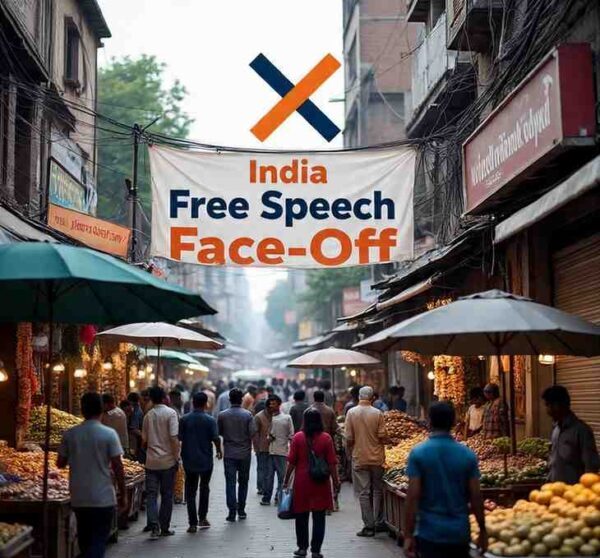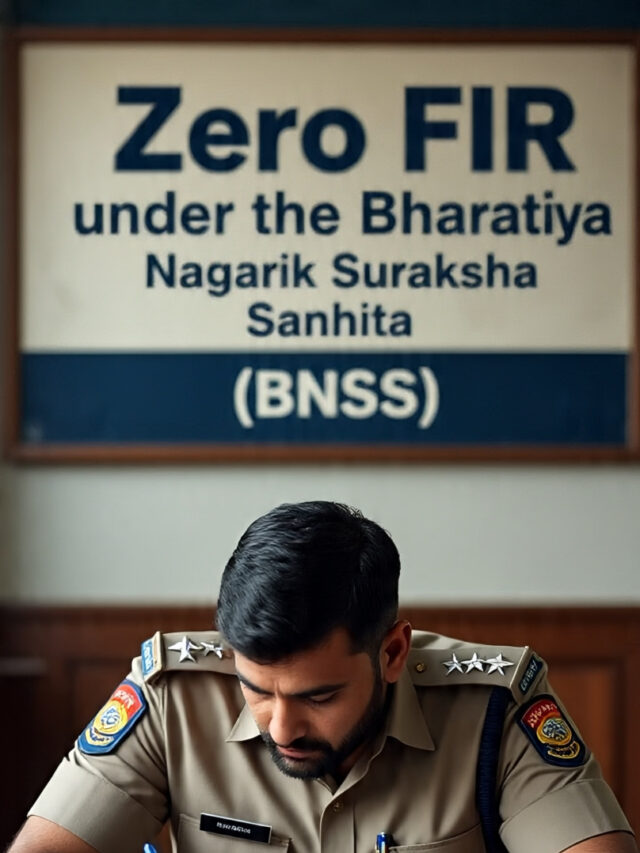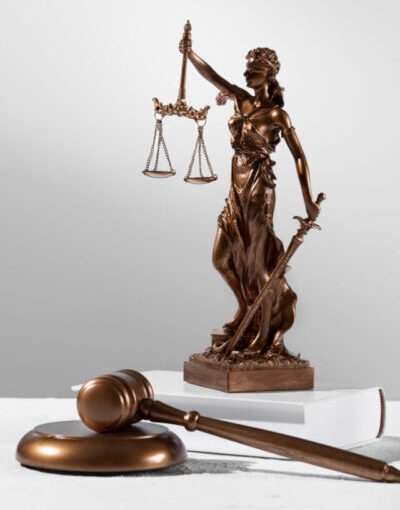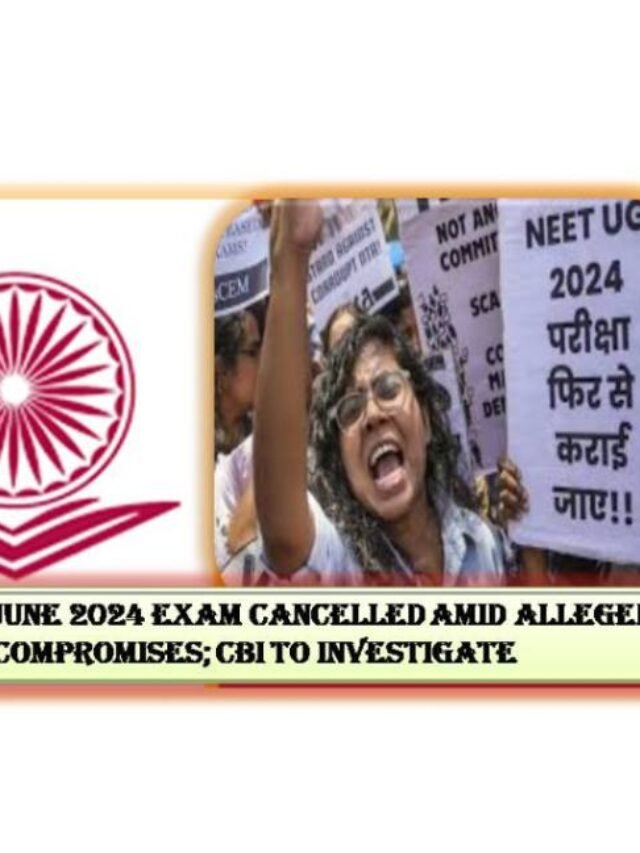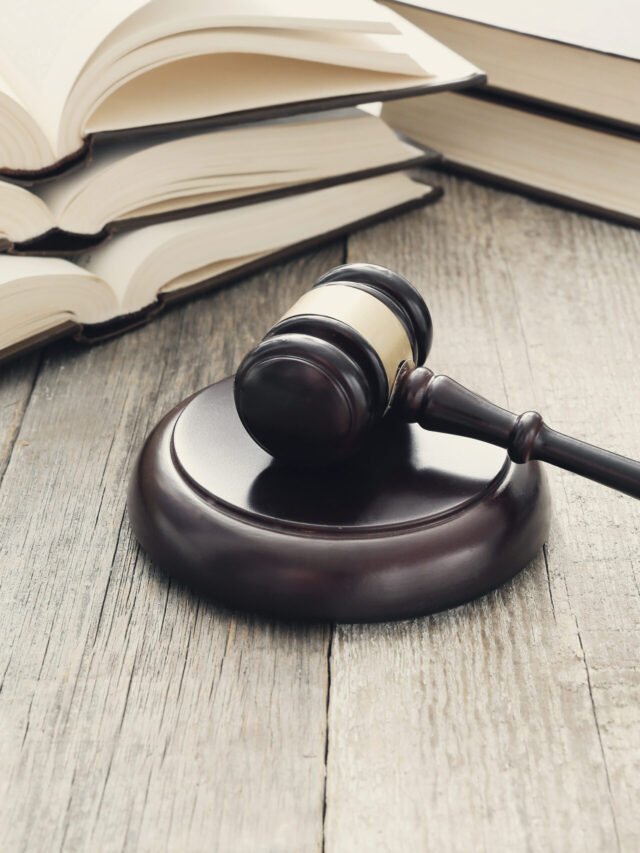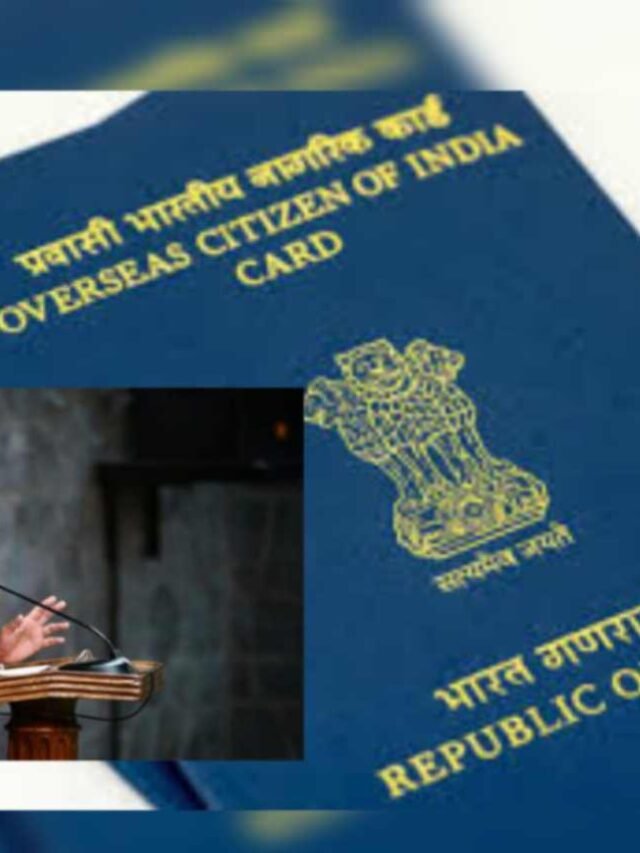X (formerly Twitter) and the Indian Government are at legal odds over sweeping content takedown orders. A courtroom comment has triggered a larger debate on censorship, accountability, and digital rights in India. Here’s a deep dive into the case and its broader impact.
Introduction: A Tense Digital Showdown
The battle between X (formerly known as Twitter) and the Indian Government has taken a dramatic turn. A heated courtroom exchange involving a “Tom, Dick, and Harry” remark by X’s legal team has sparked controversy and added fuel to an already intense debate over online censorship and freedom of expression in India.
This confrontation is more than just a war of words—it’s a legal clash that underscores the growing tension between tech platforms and state control in the digital age.
Background: India’s Crackdown on Social Media Content
In recent years, India has introduced stricter regulations to control online misinformation and ensure platform accountability. Under the Information Technology (Intermediary Guidelines and Digital Media Ethics Code) Rules, 2021, the government can direct social media platforms to take down content deemed unlawful or harmful to national interest.
X, like other major platforms, has often found itself caught in the crosshairs—accused of non-compliance, but also voicing concern over arbitrary censorship. The conflict intensified when the Indian Ministry of Electronics and Information Technology (MeitY) ordered the takedown of multiple posts and accounts that X believed were within the bounds of free speech.
The Spark: “Tom, Dick, and Harry” Comment in Court
The current controversy erupted during a legal hearing in the Karnataka High Court. X was challenging the Indian Government’s 2022 directive to remove several accounts and posts. During the argument, X’s counsel reportedly referred to the Government’s takedown request portal as being accessible to “every Tom, Dick, and Harry,” implying that content removal orders are being issued without rigorous oversight or clear legal justification.
This phrase—a casual idiom in legal English—was taken as a sign of disrespect by the Government’s representatives. They rebuked the lawyer, stating that such comments show “contempt” for the institutions involved in national digital governance.
The court intervened, asking both parties to maintain decorum while focusing on the core constitutional questions involved.
The Legal Core: Platform Rights vs State Sovereignty
At the heart of this battle lies a constitutional dilemma: Where does one draw the line between government authority and platform autonomy?
X argues that many takedown orders violate Article 19(1)(a) of the Indian Constitution, which guarantees freedom of speech and expression. The platform claims that broad and vague removal requests, often lacking transparency, threaten democratic discourse.
The Government counters that X, as an intermediary, is legally obligated under Section 69A of the IT Act to comply with lawful directions that are in the interest of national security, public order, and decency. Officials maintain that the takedown notices were justified and by due process.
Why This Case Matters
This is not just about one platform or one court case. The outcome could set a precedent for how digital speech is governed in India going forward.
Implications for Free Speech:
If the court upholds sweeping government authority, platforms may be compelled to remove more content without questioning its legality or necessity—potentially stifling dissent and journalistic freedom.
Platform Liability:
X is essentially arguing that its role should be limited to complying with legitimate and narrowly tailored requests, not blindly executing blanket bans on speech.
Judicial Oversight:
The court’s decision will also impact how much judicial oversight exists over administrative orders in the digital realm. Should there be an independent body to review takedown notices? Or is the government’s discretion sufficient?
Public & Industry Reaction
The legal fraternity is divided. Some legal scholars believe X’s courtroom remark, while poorly worded, raises valid concerns about how loosely takedown powers are being used. Others argue that multinational platforms must show greater cultural and institutional sensitivity when dealing with national legal systems.
Civil society organizations and digital rights activists have come out strongly in favor of X’s stance. They argue that unchecked censorship could lead to a digital emergency, where platforms are merely puppets to political power.
Meanwhile, other Big Tech companies are watching the case closely. The ruling may impact their content moderation policies in India, one of the world’s largest and fastest-growing internet markets.
A Pattern of Escalation
This is not the first skirmish between X and the Indian Government. In 2021, X delayed compliance with takedown orders during the farmers’ protests, leading to threats of criminal prosecution. A legal plea was filed by the platform in 2022 to contest numerous content-blocking instructions
Since Elon Musk acquired X, the platform has taken a more assertive tone globally, demanding transparency from governments and refusing to comply with what it deems “unlawful” orders.
The Road Ahead: What to Expect
In the weeks ahead, the Karnataka High Court is expected to announce its ruling. Whatever the ruling, this case is likely to head to the Supreme Court of India for final interpretation.
In the meantime, the broader debate around misinformation, national security, and civil liberties will continue to shape India’s digital laws. The government is also working on updates to the IT Rules and has proposed new bills like the Digital India Act, which could further clarify (or complicate) intermediary responsibilities.
Conclusion: A Pivotal Moment for India’s Digital Future
The courtroom may have erupted over a casual idiom, but beneath the rhetoric lies a critical legal battle. The outcome of X vs. the Indian Government will influence how platforms operate in India, how governments assert control over the digital space, and how citizens’ rights to speak freely online are protected—or restricted.
As the lines blur between regulation and repression, the case reminds us that in the age of digital governance, words carry more than weight—they carry consequences.

